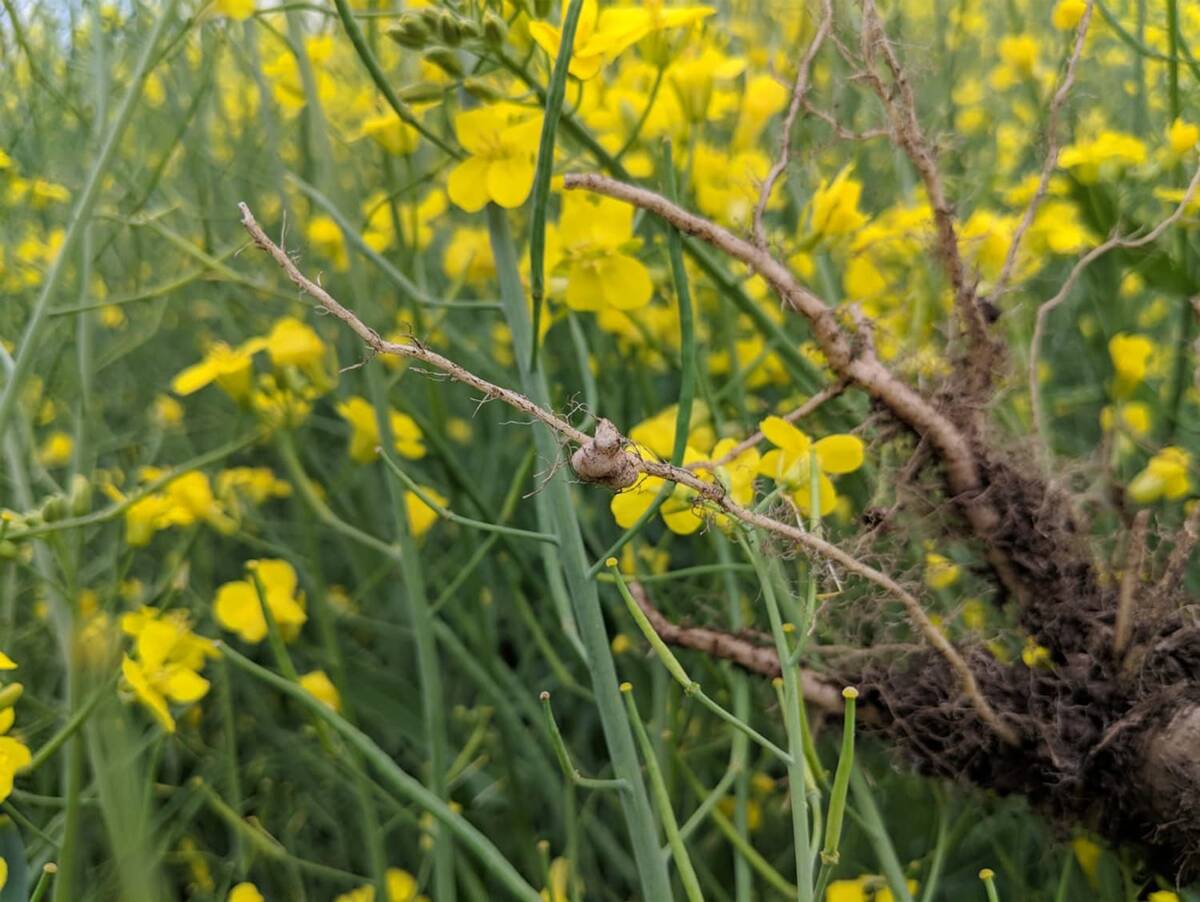On the heels of the COVID-19 pandemic comes another global outbreak of an infectious disease, this time monkeypox.
Monkeypox is a viral disease that results in fluid-filled sores of the skin and other tissues. Scientists first detected it in captive monkeys used for laboratory research (cynomolgus monkeys, also known as the crab-eating macaque, a species native to Southeast Asia).
The monkeypox virus is similar to smallpox, which was successfully eradicated in the 1970s through the use of vaccination. In fact, monkeypox virus is so similar to smallpox that vaccination against smallpox is thought to have kept monkeypox under control. Since eradication, however, smallpox vaccination has declined while people continue to acquire monkeypox infection from animal hosts.
Read Also

Going beyond “Resistant” on crop seed labels
Variety resistance is getting more specific on crop disease pathogens, but that information must be conveyed in a way that actually helps producers make rotation decisions.
Physicians first diagnosed human cases of monkeypox in the Democratic Republic of the Congo in the 1970s. Since then, sporadic outbreaks have increased in frequency and geographical location with spread from the DRC to other African countries and other continents. The current outbreak is the largest to date.
In 2003, there was an outbreak of monkeypox in the United States that affected at least 47 people. The source of virus in this outbreak was pet prairie dogs that had contact with imported African rodents. When sold as pets, prairie dogs spread the virus to their new owners.
Outbreaks such as this one and laboratory experiments show that the monkeypox virus is tricky to control because it can infect a wide range of animal hosts and be transmitted to other species as diverse as ant eaters, and of course, to people. There is some concern that pets could potentially be infected through contact with infected people.
There are still many unknowns about the natural history of this virus. A complex web of wild animals may be involved in the maintenance of the virus with occasional spillovers into other wild animals and people.
Scientists suspect that small wild African rodents, including squirrels, host the virus in nature. This is the likely source of infection for outbreaks in people but may also be how non-human primates get monkeypox.
Once the virus has jumped from animals to people, it can spread from person to person through close contact. Direct contact with skin and fluid affected by pox lesions and large droplets are the main ways this virus is transmitted.
Geographically, outbreaks seem to arise most often in the rainforests of sub-Sahara Africa and may be associated with disturbed environments such as clear-cut forests for agricultural use.
There are significant knowledge gaps regarding what behaviours cause humans to contract these infections from animals. It is likely many people get the virus from infected wild animals by butchering and eating the meat.
Why is this happening now and why is yet another animal virus spreading globally?
Superficially, one could blame the decreasing rates of smallpox vaccination, which is about 85 percent protective against monkeypox, leaving a large number of susceptible people for the virus to infect. But the answer is complex.
At the root of the matter is our changing relationship with nature through human activities. More specifically, the convergence of climate change, human population growth, urbanization and environmental degradation have altered ecosystems and changed how we interact with wild animals in particular.
Wild animals are the source of many new and emerging infectious diseases of people (termed zoonoses). And it is these upstream ecological changes that set up situations where pathogens can make the jump from animals to people.
Add to the mix the ability for rapid global travel via airplanes, and we have a situation where global spread is possible. Lyme disease, SARS, Ebola hemorrhagic fever, COVID-19 and now a global outbreak of monkeypox are just a few examples.
Until we value and preserve ecosystems and biodiversity, pathogens that were previously restricted to their wildlife hosts will continue to find ways into new species, some of which will be our domestic animals and humans.
Dr. Jamie Rothenburger, DVM, MVetSc, PhD, DACVP, is a veterinarian who practices pathology and is an assistant professor at the University of Calgary’s Faculty of Veterinary Medicine. Twitter: @JRothenburger
















